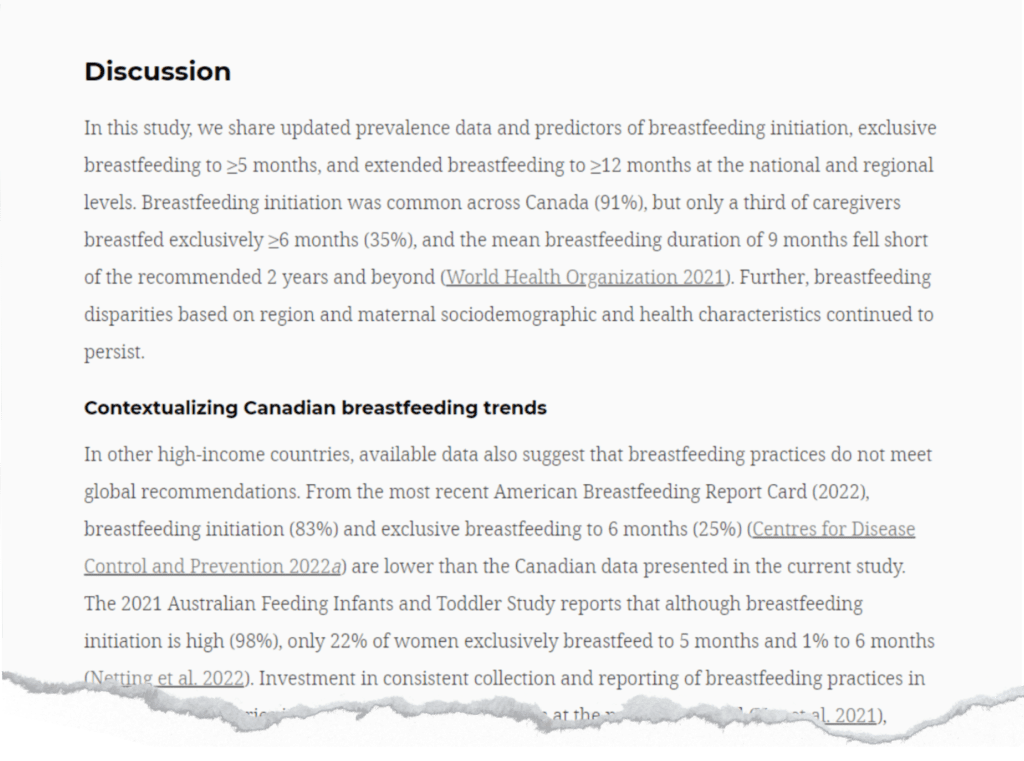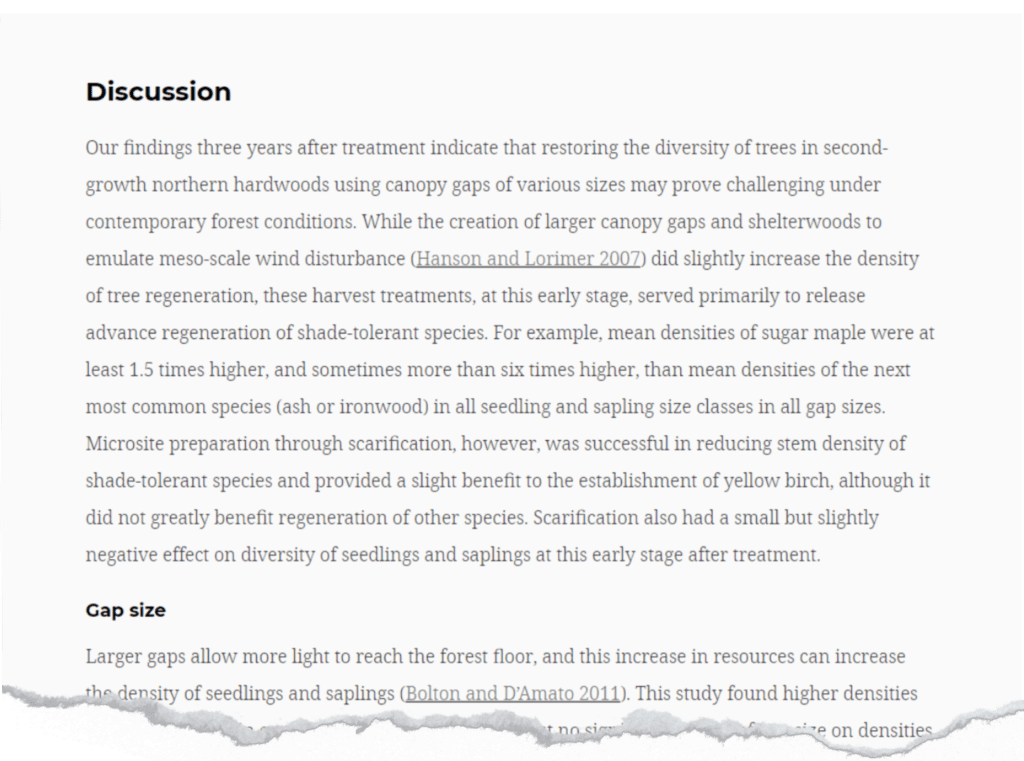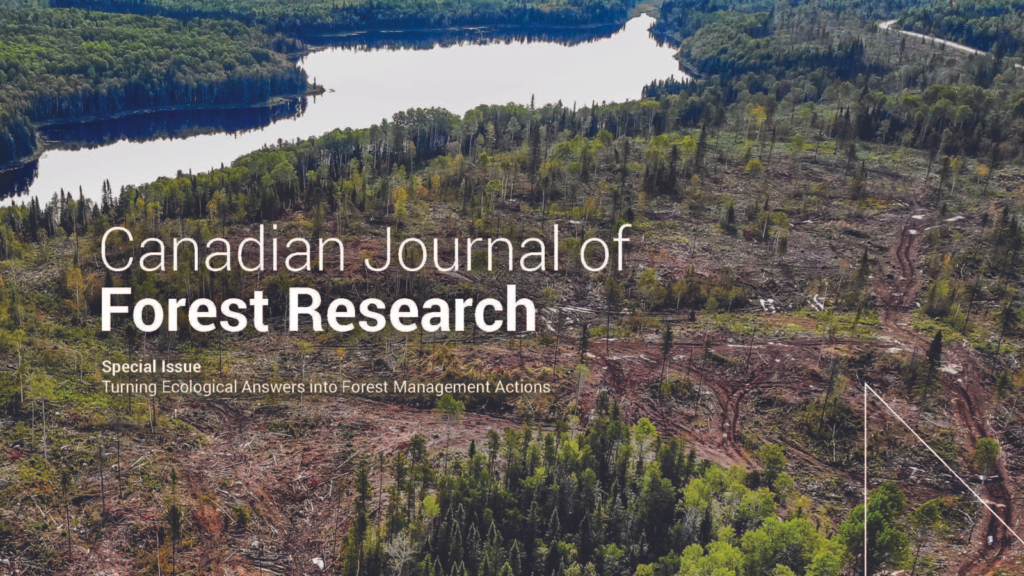Do you know the phrase “the data speak for themselves?” According to Dr. Stephen Heard, professor at the University of New Brunswick, past Subject Editor for FACETS, and author of The Scientist’s Guide to Writing, “The data don’t speak for themselves—or at least, they don’t easily or clearly. That’s why we write papers rather than just publish datasets.”
It’s also why papers have a discussion section. “It offers the writer a chance to explain how they think a study’s results should be interpreted and why they matter,” says Heard. The discussion section, he says, is an opportunity to consider and extend your findings to claim the most robust interpretation and the broadest importance that you can legitimately argue. “The aim is not to exaggerate either interpretation or importance…but to show the reader why they should care and how your work should change the way they think about the field.”
Sounds complicated? Fear not. Here are some tips to help you make your discussion section great.







